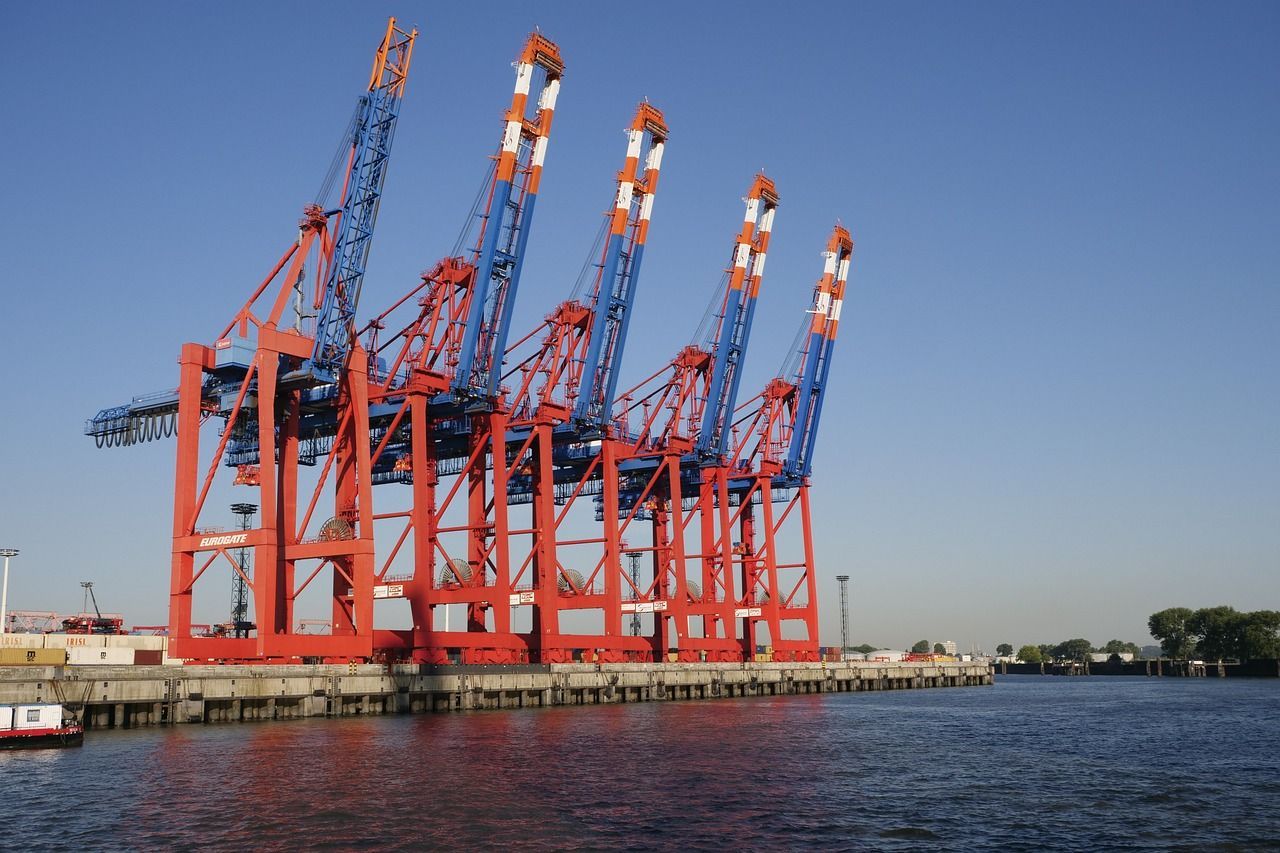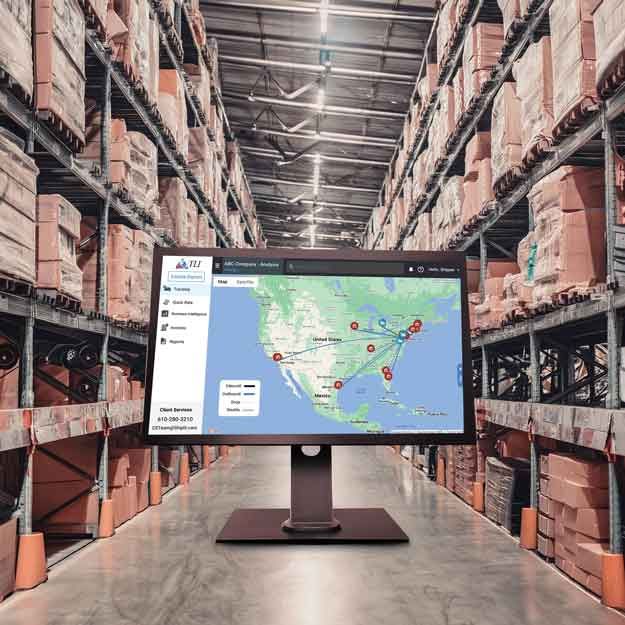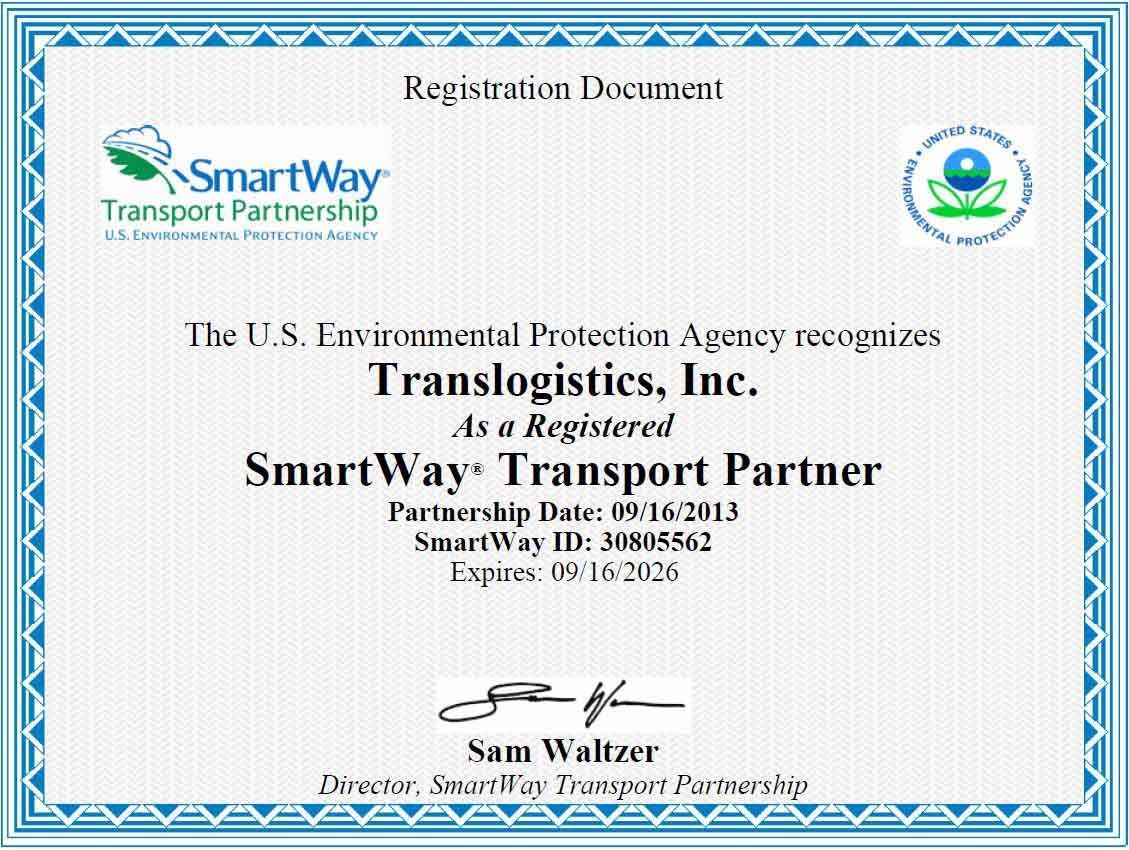Critical Steps to Protect Your Supply Chain to Avoid Port Strike Disruptions
Shippers Guide to Navigating the Potential Port Strikes
In the face of a potential port strike, businesses relying on ocean freight and interconnected supply chains must act swiftly and strategically to mitigate the risks posed by disruptions. The Biden administration has not indicated that they will be invoking the Taft-Hartley Act to compel unionized workers to return to work, leaving shippers responsible for managing the fallout from such a strike. Even with limited time before a strike hits, there are still several key steps that companies can take to safeguard their operations and maintain production flow.

Latest Updates on Port Strikes: An Overview of Ongoing Labor Disputes
Labor negotiations between the International Longshoremen’s Association (ILA) and the United States Maritime Alliance (USMX) have stalled, raising the likelihood of widespread strikes along the East Coast and Gulf of Mexico. The union has warned that as many as 45,000 workers could walk off the job, disrupting key ports from Maine to Texas. With these ports handling around 60% of U.S. shipping traffic, such a strike could severely impact the nation's supply chain, leading to delays, higher costs, and widespread disruptions. Businesses, already struggling with ongoing supply chain challenges, are preparing for an even more challenging landscape as the economy faces increased uncertainty.
In an effort to avoid these potential delays, many companies have shifted shipments to the West Coast, resulting in an 18% rise in freight movement through ports like Los Angeles and Long Beach. However, this strategy has created new problems, as the surge in cargo volume is causing congestion and bottlenecks at these ports, further straining an already stressed logistics network. While this redirection may provide temporary relief from East Coast delays, it is contributing to a mounting set of challenges for the nation’s supply chain.

What should shippers do to protect their supply chains during a potential port strike?
With the looming threat of port strikes, shippers need to act quickly to minimize disruptions to their supply chains. Identifying critical inventory, exploring alternative transportation methods like air freight or rail, and considering the redirection of shipments to non-union ports are key strategies. Shippers should also prepare for potential congestion at alternative ports and rising OTR truckload rates, making it essential to evaluate cost-effective options. By taking proactive steps and seeking expert guidance from logistics providers, companies can better navigate these challenges and keep their operations running smoothly.
Identify Critical Inventory Needs
The first and most crucial step is to assess your inventory and identify the parts or materials that are essential to your production process. Even if your company does not deal heavily in ocean freight, many of your suppliers might. These suppliers could face delays in providing you with vital components, given the ripple effect a port strike can have on the entire supply chain. For this reason, businesses should examine their inventory closely to pinpoint any vulnerable points in their supply chain and prioritize securing these materials. Ensuring you have sufficient raw materials in stock or identifying alternative suppliers will help you avoid production stoppages or service interruptions.
Beyond the immediate inventory assessment, it’s important to look at the broader context of your supply chain's resilience. A port strike doesn’t just affect your first-tier suppliers—it can cascade through second- and third-tier suppliers as well. Companies should therefore consider diversifying their supplier base or even sourcing raw materials from more localized providers where possible. Expanding logistical flexibility through partnerships with multiple transportation providers or exploring non-union port facilities may also help reduce dependency on vulnerable nodes in the global supply chain. Developing contingency plans now will provide a buffer against supply chain shocks and allow for a smoother response to potential bottlenecks.
For distributors, the focus should be on ensuring they have ample inventory on hand to meet potential surges in demand if a port strike triggers product shortages. When supply becomes restricted, demand can spike as businesses scramble to secure necessary items. Distributors should proactively stock up on essential goods and high-demand items to ensure they can continue meeting customer needs, even as disruptions mount. This approach not only protects their customer relationships but also positions them to capitalize on increased market demand during a shortage.

Explore Alternative Modes of Transportation
When ocean freight becomes unreliable due to a port strike, businesses must quickly shift to alternative modes of transportation to keep their supply chains functioning smoothly. Air freight, while more expensive, is a viable option for high-priority or time-sensitive shipments that cannot afford delays. For lower-cost or less urgent shipments, exploring intermodal options—such as rail or over-the-road (OTR) trucking—provides flexibility and cost-effective solutions. Intermodal transportation involves using multiple modes, typically combining rail and truck, to move cargo efficiently over long distances. Rail, in particular, offers a reliable way to handle large volumes of freight when ports are congested. By working with logistics providers like Translogistics (TLI), shippers can gain access to a variety of transportation modes, which can be optimized and receive expert guidance on which options best suit their needs.
If your company deals with less time-sensitive or lower-value commodities, rail transport may offer a more cost-effective alternative, particularly in the event of increased OTR truckload rates. With the anticipated surge in demand for trucking services due to a port strike, spot rates for OTR transportation are likely to rise significantly. If your goods are not highly perishable or urgent, rail could be a feasible option for managing freight at a lower cost. Once again, consulting with a logistics provider like Translogistics can help determine whether rail is a suitable mode for your freight, ensuring that you optimize costs while still meeting production or delivery timelines.
Translogistics simplifies the process of transitioning to alternative transportation modes by offering end-to-end support, including access to rail networks and over-the-road trucking. Rail is an attractive option during port strikes because of its cost-effectiveness and ability to handle bulk shipments over long distances without the same degree of delays that trucks or ships might face. For companies looking to shift into a contingency plan, intermodal solutions allow for a seamless switch, utilizing rail to cover most of the journey and trucks for last-mile delivery. Translogistics can also direct freight to available trucking resources, ensuring that businesses stay flexible during disruptions. Shippers do not need to worry about utilizing multiple modes on a single shipment, TLI has the expertise and the TMS technology to do so, on the shippers behalf. This intermodal approach maximizes shipping efficiency while minimizing the impact of bottlenecks at ports or roadways, allowing companies to maintain production schedules and customer deliveries.

Shifting to a Non-union Port
Businesses facing the threat of port strikes may find it tempting to divert shipments to non-union port facilities where operations could potentially continue uninterrupted. This is something TLI's international team is happy to assist shippers with. This strategy seems like an immediate solution to avoid the disruptions caused by a strike; however, it is not without its risks. As many companies look to redirect their freight to these alternative ports, the competition for space and resources is likely to create significant congestion. These delays can be just as problematic as those encountered at union ports, potentially causing a ripple effect throughout the supply chain. Therefore, it is essential for businesses to weigh the benefits and drawbacks of this option carefully, considering not just the immediate need to bypass union ports, but also the potential for longer-term complications.
Switching to non-union ports can also expose shipments to additional customs delays and investigations, which can further complicate logistics. Customs authorities may scrutinize shipments more closely when they are routed through less familiar facilities, leading to potential holds or inspections that could delay delivery. Additionally, transit delays are almost inevitable, as the influx of freight directed to these alternative ports can overwhelm local infrastructure and resources. Given these realities, businesses must consider the timing of their decisions and the impact on their overall supply chain management. A poorly timed diversion could exacerbate existing issues rather than mitigate them, resulting in longer lead times and frustrated customers.
For shipments that contain critical components, even a small part missing can halt an entire production line. In such cases, exploring air freight options might be a more effective solution to meet urgent needs. Air service can provide a rapid alternative for critical items that are necessary to keep operations running smoothly, thus minimizing downtime. It’s crucial for businesses to engage with logistics experts to discuss all available options, especially during times of uncertainty. Translogistics representatives are well-equipped to provide guidance and support, helping businesses navigate the complexities of port strikes and explore flexible solutions tailored to their unique shipping needs. By keeping open lines of communication and being proactive, companies can better position themselves to manage potential disruptions and maintain operational continuity.

Prepare for Logistical Challenges
Even with strategies in place to mitigate the impact of port strikes, shippers should prepare for delays and bottlenecks as the industry adjusts to the evolving situation. The demand for alternative transportation modes and non-union port facilities will surge as companies seek to maintain their supply chains amidst disruptions. This influx of competition is likely to lead to longer wait times and potential interruptions, even at these alternative locations and across other transportation sectors. It is essential for businesses to remain adaptable, adjusting timelines and expectations while incorporating flexibility into their shipping and inventory management processes.
Setting clear expectations internally is crucial during this time of uncertainty. Shippers should communicate openly with key stakeholders within their organization to ensure everyone is on the same page regarding the anticipated challenges. Regular updates should be provided to the sales team and customer service (CS) representatives to keep them informed about the situation and any potential impacts on service delivery. This proactive communication will not only prepare the team for customer inquiries but also help manage client expectations, ensuring that they are aware of any possible delays or changes to their orders.
Communicate with your Clients
To navigate the complexities of the situation, businesses should take immediate action by identifying critical parts in their inventory and exploring alternative transportation options. Considering different routing strategies can help minimize potential disruptions and keep operations running smoothly. While the circumstances may remain challenging, proper planning and swift responses will enable companies to remain agile and capable of maintaining production despite the ongoing disruptions. By working closely with logistics partners like Translogistics, businesses can streamline their operations and make informed decisions to mitigate the effects of the strike.
For those seeking additional support, reaching out to logistics experts can provide essential guidance during this tumultuous period. These professionals can offer insights and strategies to help businesses navigate the intricate logistics landscape, ensuring timely and informed decisions that protect their operations and supply chain. By leveraging the expertise of a logistics partner, companies can better position themselves to face the challenges posed by a port strike and maintain their competitive edge in a rapidly changing environment.
TLI Insights
Get the latest logistics insights and tips from TLI's award-winning team. Stay ahead in transportation planning.
Questions? Email us at marketing@shiptli.com



